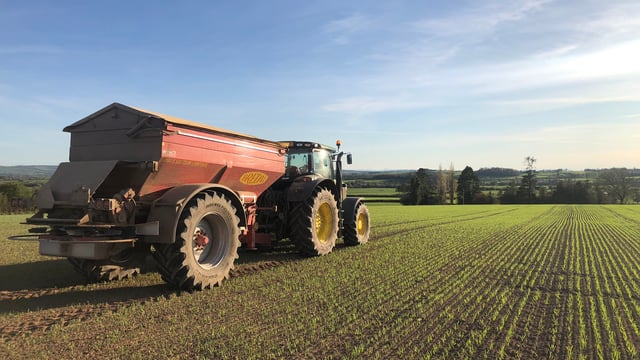Silage ground closed off for most, but some still playing catch-up
As growth rates start to pick up across the country, most farmers have already closed off ground for first-cut silage. However, this is not the case for all.
Depending on what part of the country you are based in, some have been forced to re-graze ground designated for silage – due to poor grass growth rates throughout the month of March.
For these, there is still time to get back on track – to get good-quality fodder ensiled for the winter.
It is important, even for these farmers, that silage fields are grazed prior – to remove any dead material from these fields in the drive to make good-quality, highly-digestible silage. This approach also results in higher silage yields.
To produce good-quality silage, farmers should typically target a cutting date between late May and early June.
Fertiliser applications
Particular attention should be paid to how much fertiliser is spread.
It is important to note that fertiliser application rates depend on a number of factors. For example, new reseeds and perennial ryegrass swards have a higher demand for nitrogen (N) than older pastures; new reseeds require 25% more N, according to Teagasc.
Conversely, in older pastures, the N application rate can be reduced. It is important to apply N well in advance of cutting to ensure optimum crop N utilisation. To determine the phosphorus (P) and potassium (K) requirements of a sward, a soil test should be carried out.
Listed in this table (below) are the guidelines Teagasc has recommended – regarding how much fertiliser should be spread on ground destined for first-cut silage.
It is important not to let grass get too stemmy, whereby the seed heads emerge, so silage should be cut when grass is leafy – if good-quality silage is the goal.
Silage quality drops – by 0.5% dry matter digestibility (DMD) – when grass heads-out, or so claims Teagasc.
Thereafter, it’s worth bearing in mind that – again according to Teagasc – a crop of grass silage will remove approximately 4kg of P and 25kg of K per tonne of dry matter. It’s important that these losses are subsequently replaced.






